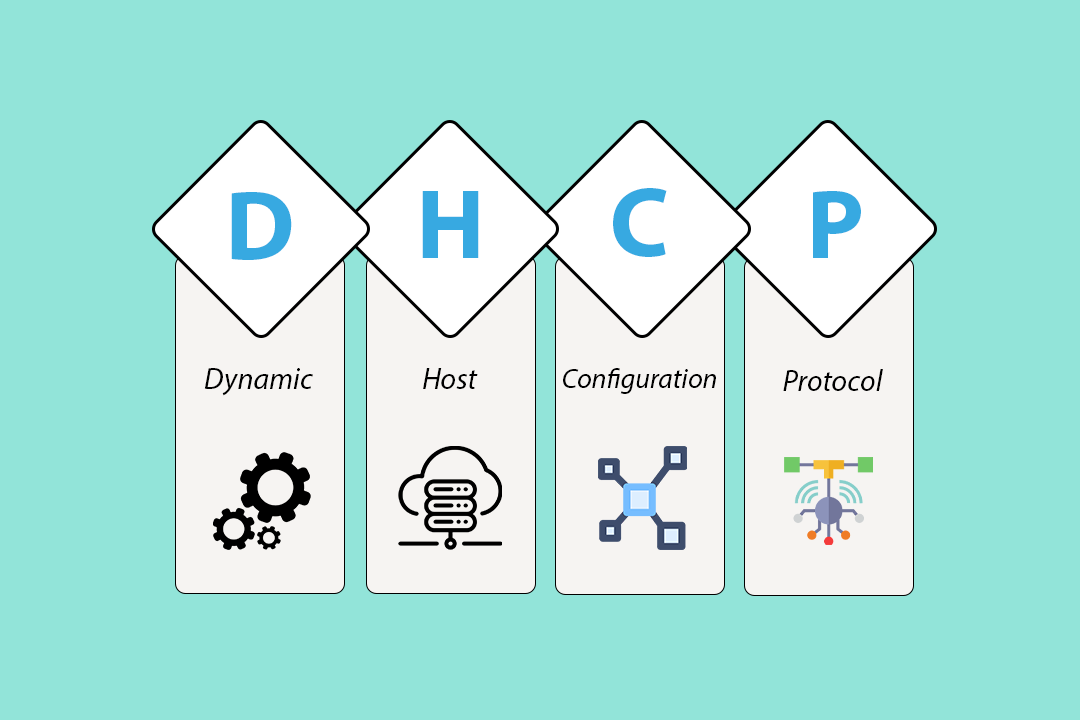Cisco Packet Tracer
Server FTP service. Let's find out how!
The File Transfer Protocol (FTP) is a standard communication protocol used for the transfer of computer files from a server to a client on a computer network. FTP is built on a client–server model architecture using separate control and data connections between the client and the server.[1] FTP users may authenticate themselves with a clear-text sign-in protocol, normally in the form of a username and password, but can connect anonymously if the server is configured to allow it. For secure transmission that protects the username and password, and encrypts the content, FTP is often secured with SSL/TLS (FTPS) or replaced with SSH File Transfer Protocol (SFTP).
Other sessions

DHCP service configuration in server for clients in the local network.
A DHCP Server is a network server that automatically provides and assigns IP addresses, default gateways, and other network parameters to client devices. It relies on the standard protocol known as Dynamic Host Configuration Protocol or DHCP to respond to broadcast queries by clients.

Email service configuration in local network.
An email server, also called a mail server, is essentially a computer system that sends and receives emails. When you send an email, it goes through a series of servers to reach its final destination.

Send packet to a different network. A router is in the middle of this network.
A router is a networking device that forwards data packets between computer networks. Routers perform the traffic directing functions on the Internet. Data sent through the internet, such as a web page or email, is in the form of data packets. A packet is typically forwarded from one router to another router through the networks that constitute an internetwork (e.g. the Internet) until it reaches its destination node.

Send packet to a different network. This topology includes two routers in the middle of this network.
A router is a networking device that forwards data packets between computer networks. Routers perform the traffic directing functions on the Internet. Data sent through the internet, such as a web page or email, is in the form of data packets. A packet is typically forwarded from one router to another router through the networks that constitute an internetwork (e.g. the Internet) until it reaches its destination node.

Router configuration through CLI.
A command-line interpreter or command-line processor uses a command-line interface (CLI) to receive commands from a user in the form of lines of text. This provides a means of setting parameters for the environment, invoking executables and providing information to them as to what actions they are to perform. In some cases the invocation is conditional based on conditions established by the user or previous executables. Such access was first provided by computer terminals starting in the mid-1960s. This provided an interactive environment not available with punched cards or other input methods.

OSPF routing configuration.
Open Shortest Path First (OSPF) is a routing protocol for Internet Protocol (IP) networks. It uses a link state routing (LSR) algorithm and falls into the group of interior gateway protocols (IGPs), operating within a single autonomous system (AS). OSPF gathers link state information from available routers and constructs a topology map of the network. The topology is presented as a routing table to the Internet Layer for routing packets by their destination IP address. OSPF supports Internet Protocol Version 4 (IPv4) and Internet Protocol Version 6 (IPv6) networks and supports the Classless Inter-Domain Routing (CIDR) addressing model.